|
Since I get a lot of queries on where to buy wagashi tools in Tokyo I've compiled a list of shops in the Kappabashi shopping district. Kappabashi is a street situated near Ueno Station which is on the east part of Tokyo. If you are not familiar with Kappabashi, its a street where you can buy anything related to cooking, from pots and pans to lanterns and signages for restaurant owners. So if you want to get the best knives or a nice pair of chopsticks, or a fancy lacquer dish in Japan here is the place. Just make sure you have plenty of time as you can easily spend the whole day here! Shops are open on weekdays from 9am to 5pm, Some shops will be closed on Saturdays and most shops will be closed on Sundays and Public holidays so it is advisable to go on weekdays. Location & Map Kappabashi can be accessed by foot from Tawaramachi Station on the Ginza Line or Asakusa Station on the Tsukuba Express Line. You can also walk from the Asakusa on the Toe Asakusa Line, but it may take about 15 minutes.  Asami Kashidouguten Asami Kashidouguten 1. Asami Kashidouguten Asami is a shop dedicated to only wagashi tools. This shop is at the entrance of Kappabashi street, across from Niimi, the symbol of Kappabashi (the giant chef that is on the rooftop of the building). Despite the small size of this shop, it carries a vast variety of tools from small wooden sticks to large machinery for factories. They also create their original tools and molds which can be ordered. Open 9-5 Mon-Fri. Website in Japanese 2. Flavor Land This is not actually a tool shop, but you can get any kind of food colorings or flavor essences you need to make wagashi. Open 9:30-5 Mon-Fri. Flavor land has relocated and is across the street now on the 3rd Floor. Please visit website for details of the new location (2023.Nov) Website in Japanese 3. Arai Shoten This shop carries not only wagashi tools but any tools related to sweets making. This is my favorite place to buy the tiny wagashi cutters. Open 9-5:30 Mon-Sat. 4. Majimaya Kashidouguten This was my favorite shop to buy cookie cutters as well as wagashi cutters, At the moment, they seem to be doing a major renovation (or it looks more like they are rebuilding) so the shop is very small and the selection is limited, but you can buy through their Online shop on Amazon and Rakuten. Open 9-5:30 Mon-Sat. Website in Japanese Online shop on rakuten Online shop on Amazon 5. Yoshida Kashidouguten This shop also carries wide range of sweets making tools. From molds to cutters for beginners professionals, you will likely find what you need here. Open 9-5:30 Mon-Fri. 6. Asai Shoten Although you may find wagashi tools here, their main products seems to be for western sweets. I would usually stop by to see if there are any good deals. Open 9-6 Mon-Sat. Website in Japanese Online Shop on Rakuten 7. Yokoyama This shop has been doing business since 1905, operating for over 100 years, they have a wide selection of wooden wagashi molds and tools. I usually buy my wagashi cutters here too. Open 9-5:30 Mon-Sat. Website: http://www.yokoyamacake.com/ There are other shops that carry wagashi tools that I haven't mentioned here, so do browse along the street and have fun treasure hunting!
For basic tools that you can buy online please visit this page.
0 Comments
To answer question regarding the tools I use for making wagashi and where to buy them in Japan, I'm going to introduce some shops online and off line. Hope they are helpful to you wagashi makers! I'll start of with the tools to make anko, the most important ingredient in wagashi. Making Anko Those of you who have ever made koshi-an (smooth bean paste) would know that you need two kinds of sieves to strain the pulp from the skin - a course one and a fine one. Ideally the course sieve should be 20-30 mesh and the fine one to be 50 -65 mesh. Mesh, refers to how many opening there are in a linear inch. so the greater the number is, the finer the sieve is. The fine sieve is used to make koshi-an (smooth bean paste) and the course one has other usages such as straining chestnuts and sweet potatoes. If you don't have space to store them both, you can get a detachable sieve together with the frame. I use the 24 cm frame, which is not too big and not too small. If you prefer go for the traditional wooden frame sieves you can get them online as well. They come in various sizes indicated as 寸(sun) one寸 is 3cm, so If it says 8寸, it means 24 cm. Just be careful to dry them completely before storing them as it may produce mold. You will be better off with the stainless steel sieves considering all the hassle. Another item that is useful for making anko is the bouzu nabe. It is translated into bald head pot as it resembles a hairless head, or a monk's head. This pot is great for cooking beans, kneading the paste and also for kneading mochi. The benefits of using this round bottom pot is that the flames are evenly distributed not just on the bottom but also on the sides which causes water circulation and makes the beans to cook faster and more evenly. It also prevents it from the bottom to burn as the spatula is more fitted around the curve. And yes, a silicone spatula also comes in handy when making anko. The bouzu nabe comes in various sizes, and I have one that is 21 cm in diameter which will cook up to 800g of bean paste (400g of dry beans). You can also get a 18 cm dia. which will cook up to 600gs of paste (300g of dry beans). Just remember that you may need to attach the wooden handle yourself (make sure the pot comes with the handle as some don't and you need to purchase them separately). As they are made out of Aluminum or Copper (this one is expensive), it does not work on induction heating. I've included the link to where you can get them online. I will also refer to where you can get it in shops in Tokyo in my next blog post. Frame for Sieves Detachable course sieve (20 mesh) Detachable fine sieve (65 mesh) Bouzu Nabe
Yesterday, I finally had some time to go down to Asakusa to buy a new wallet that I have been wanting to for several months. The shop is off of Nakamise Shopping street that stretches from the Sensoji Shrine.
This is a traditional handcrafted and handpainted white leather that dates back to the 1800's originating in Himeji city, Hyogo Pref, which is actually my husband's home town. I just love all the patterns from traditional to modern that are all beautifully painted by the artisans. I really had a hard time deciding which one to pick! Bukoya Oozeki Website (In English) Those of you living in central Tokyo may have already noticed that there are so many large scale supermarkets in the area. Especially the once that have a big parking lot. So, ever since the Himonya Daiei closed down for renovation, all my friends in the Meguro area looked forward for the Grand Opening of the new AEON Style that took over Daiei. I finally had the chance to take a look at the new shop yesterday, and here are my findings: - Overall, there wasn't a major change. There is a Starbucks and a Cafe/Bar on the second floor. - AEON Liquor shop on the second floor has a good selection of wine and beer and other alcoholic beverages - As the Upper floors are still under renovation, you can only buy women's clothing and not children's or men's clothing. - There is a wide selection of kitchen tools and household goods that I found quite amusing on the 4th floor. - The spice and condiment section is huge and the selection is vast. This is what amused me the most. - The selection for organic products was large compared to other supermarkets. You can even get organic spices. - The meat selection is quite good. They have Tasmanian Beef, Iberico Pork, New Zealand Lamb, Hungarian Duck and much more. Be there after 6 pm for a bargain as everything with less than 2 days till the expiration date will be discounted 20% - 30% off. - The selection of cheese is pretty good and if you are lucky you can get cheese that are close to the best before date at a discounted price. I was tempted to buy the brie cheese at 50% off. - The basement parking space is gone and you have to park in the open air which means you don't want to go there on a rainy day. (You might need to walk a few blocks on the weekends when that closes parking lot is full). You get free 2 hours parking if you buy more that 1500 yen. AEON Style Himonya Website (English)
It has been so cold this past week, so our gathering at the Daikan an izakaya that specializes in oden was just right. Oden is a Japanese Oden is a Japanese winter dish consisting of several ingredients such as boiled eggs, daikon, konjac, and processed fishcakes stewed in a light, soy-flavored dashi broth,
Daikan is located between Daikanyama and Ebisu, a short walking distance from both stations, hidden in a quiet area away from the hustle and bustle of the city. Although Daikan specializes in Oden, you can enjoy other dishes which are also very very nice. We ordered "omakase course" that consisted of several dishes including a omelette with mushroom gravy with a hint of yuzu, fried chicken breast with yuzu pepper filling, grilled sanma with mushrooms, which finishes off with a big bowl of oden. I would definitely come here more often if it was in my neighborhood even alone, as there is a counter space where you can sit across from the chef and chat. There are also two tables that seats 4 each. The owner chef is an ex-sony staff so you the place is like a mini sony museum with displays of the old walkman series and more. The photo on the tabelog doesn't do much justice to the place as it is much nicer and the atmosphere is good with friendly staff. Daikan : Tabelog Website (in English) The other day I made a trip to Tsukiji, where the fish market was. I had always thought that Tsukiji was a bit far from my place and I had to change trains to get there. But actually, If I took the Asakusa Line from Gotanda, which is about 10 min. by foot from my place, it only takes 13 min. to Higashi Ginza which is a short walk from the fish market. So, what have I been doing spending twice as much time and double the train fare to get to the fish market till now? I will definitely be going there more often now! The Tsukiji Fish Market was crowded with tourist as expected and I just wandered around the outer market (場外市場)and did some shopping to get some nori seaweed and green tea. I knew I had some fish left over from the class the previous day, so I didn't get any fish, but needless to say, if you would like good quality tuna for sushi or sashimi at a reasonable price, Tsukiji is the place to go. I got a couple of copies of the Tsukiji Fishmarket Map in English from the information center. If you happen to be in my class and would like a copy, please ask. You can also download it from here (Tsukiji Outer Market Guide) 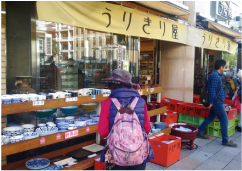 I found a huge shop that carries all sorts of Japanese Pottery on my way to Tsukiji from Higashi Ginza. Don't judge the shop by the ground floor, because if you go upstairs, there is a vast collection of all sorts of Japanese dishes and plates. Urikiriya (うりきり屋) Website (in English) 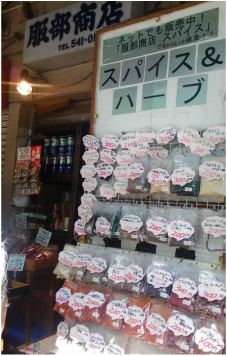 I was also interested in small spice shop in the market that sells all sorts of spices at a reasonable price as well as other condiments. I think I will take a closer look next time Hattori Shoten (服部商店) Website (in Japanese) 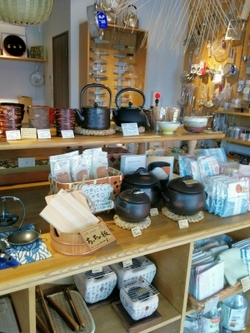 I also came across a very nice shop that sells all sorts of Traditional Kitchenware. Tsukiji has a couple of these shops so if you don't want to make that trip to Kappa Bashi, you can get some here. Tsukiji Hitachi-ya (つきじ常陸屋) Website (in Japanese) Yesterday was this year's first Japanese Style Cocktail Party Class for my vegetarian students. This year, I've come up with a new menu, "Kohaku Namasu (紅白なます)in Yuzu Cups" which is actually a very traditional New Year's dish here in Japan. Kohaku in Japanese means Red and White, which is the color for celebration. Towards the year end you may see a bright red carrot (called Kintoki Ninjin) from Kyoto which is used for this dish. The other dishes are the temari-sushi (Sushi Balls), and Tofu and Avocado Verrine with a hint of wasabi which isn't actually a typical Japanese Dish, but will look good on the table. For the vegetarian course, I've made the Seared Tuna with Yuzu Dressing and Japanese Herbs, which is a typical Japanese dish usually using the bonito fish (called Katsuo no Tataki) instead of the usual Mini Yakitori (Grilled Chicken) 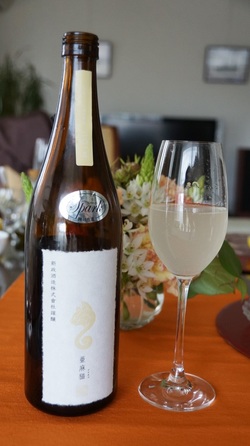 This course comes with a glass of sparkling sake. This time I got "Amaneko Spark" which uses the same method as champagne as opposed to the other ones made by adding gas to the sake. It is a bit sweet (as it is made with rice) but not too sweet so you can enjoy it with your meal. You can get it on Amazon but they charge 3 times the market price so look for it somewhere else! I got one at my local liquor shop 内藤商店(Naito Shoten) This shop is great if you like shochu or Sake, as they have a wide selection and the staff is knowledgeable. Naito Shoten: Tōkyō-to, Shinagawa-ku, Nishigotanda, 5 Chome−3, An article on Naito Shoten on Japane Times>>> For details of this course please visit this page. If you think shopping for groceries in Tokyo is expensive, you might want to check this place out. Futaba Food Center a very very cheap food market tucked away in Musashikoyama, just 2 stops away from JR Meguro station. Here, you can find vegetables, fruit, meat, fish, and deli (deep fried dishes such as tempura) that are sold much cheaper that your local supermarket. In the vegetable market, you can also find produces that you normally do not find in a local supermarket such as artichoke, fennel, rhubarb, and probably less than half of the price at the posh supermarkets in central Tokyo. It'a a bit tricky to find this place as you need to go through a short alley off of Heiwa-dori Shotengai (平和通り商店街). This shopping street also has a couple of reasonable shops that you want to look at while you are there. Futaba Food Center is open 6 days a week, closed on Sunday and National Holidays. They are open on Wednesdays when the central market is closed but will be selling leftover items from the day before. Access: 10 minutes from Musashikoyam Station Adress: 〒152-0002 Tōkyō-to, Meguro-ku, Megurohonchō, 5 Chome−32 (MAP) You can find more photos in the Meguro Navi Website >>>
Ever Since I started my miso class, which has been overwhelmingly popular, I started to look around if there are any miso specialty shops around. And, I found one just in my neighborhood. I must have rode passed it on my bike numerous times, but I had never realized that it was a miso shop! The Sakamoto Shoten which carries over 30 kinds of miso has been business here in Higashi Gotanda since 1922. They sell miso by weight. (prices range from 320 yen per kilo, min. 500g) So from now on, I will buy my miso here. If you are into miso, please visit this shop which is only 2 minutes from Gotanda Station (JR Yamanote Line) , East Exit, next to the Mitsui Sumitomo Bank. Shop Info:
Sakamoto Shoten Website: http://sakamoto-miso.com/ Online Shop: http://www.rakuten.ne.jp/gold/ikimiso/ Store hours: 9 am - 6 pm (Closed on Sunday and Public Holidays) Address: 1-14-9 Higashi Gotanda, Shinagawa-ku, Tokyo Sale info : Every 1st, 2nd, 3rd, 15th, 16th, 17th of the month. Recently I've been getting inquiries about where to buy knives in Tokyo. Japanese Knives make a great souvenir to bring back home. With a long history of sword manufacturing, the Japan has a worldwide reputation for high quality knives. My husband's home town is close to Miki City, Hyogo Prefecture, one of the 7 cities that are designated for Traditional Craft Products for smithery by the Ministry of Economy, Trade and Industry. So my in-laws send me knives which is the reason I never shopped for knives myself. But here are some of the major brands and shops in Tokyo that you may want to visit. (Please click on the brand to go to their website) KAI - They are a kitchenware brand but specializes in knives, Japanese and western style. Website in Japanese Only) Kyocera - Specializes in ceramic knives (English website for USA) Global by Yoshikin- Specializes in western style stainless steel knives. (Website in English) Nihonbashi Kiya (日本橋木屋)Famous for traditional Japanese Knives and traditional wooden kitchenware. (Website in English) You can find them in major department stores and Tokyu Hands or online. KAI has a showroom (you can also purchase them) in Akihabara. Nihonbashi Kiya has a main shop in Nihonbashi. Global has a shop in Roppongi. If you have time, you can go to Kappabashi to get knives as well. Two main shops are Kamata and Tsubaya If you would like to know more about traditional knives, please visit the website by Kiya which explains in detail.
|
AuthorI'm Miyuki and I teach Japanese Home cooking at my home in Tokyo. Archives
February 2021
Categories
All
|
service |
Information |
© COPYRIGHT 2015. ALL RIGHTS RESERVED.
|

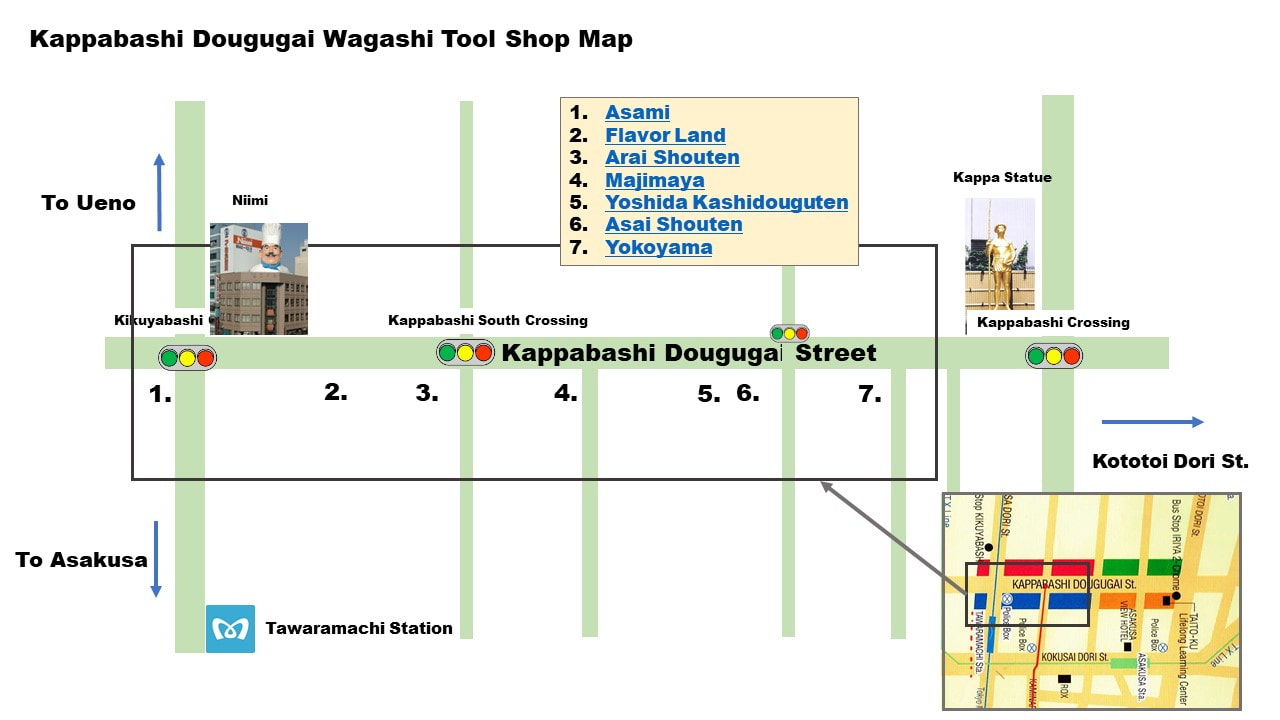
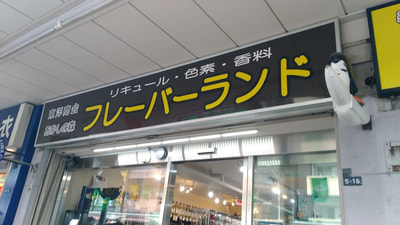
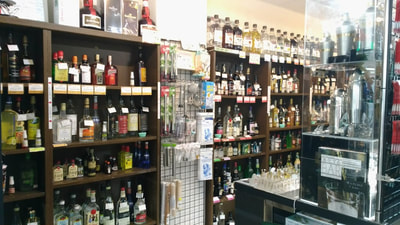
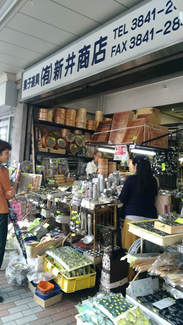
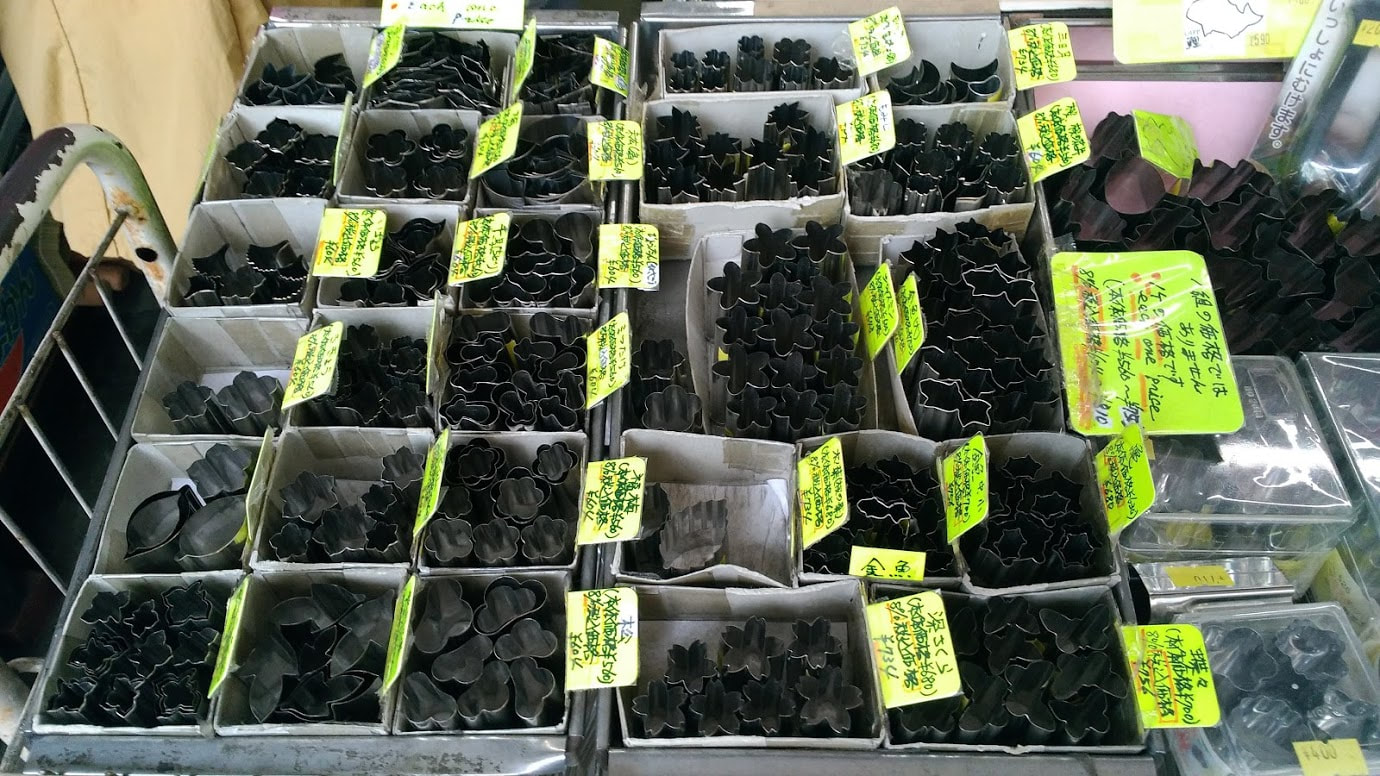
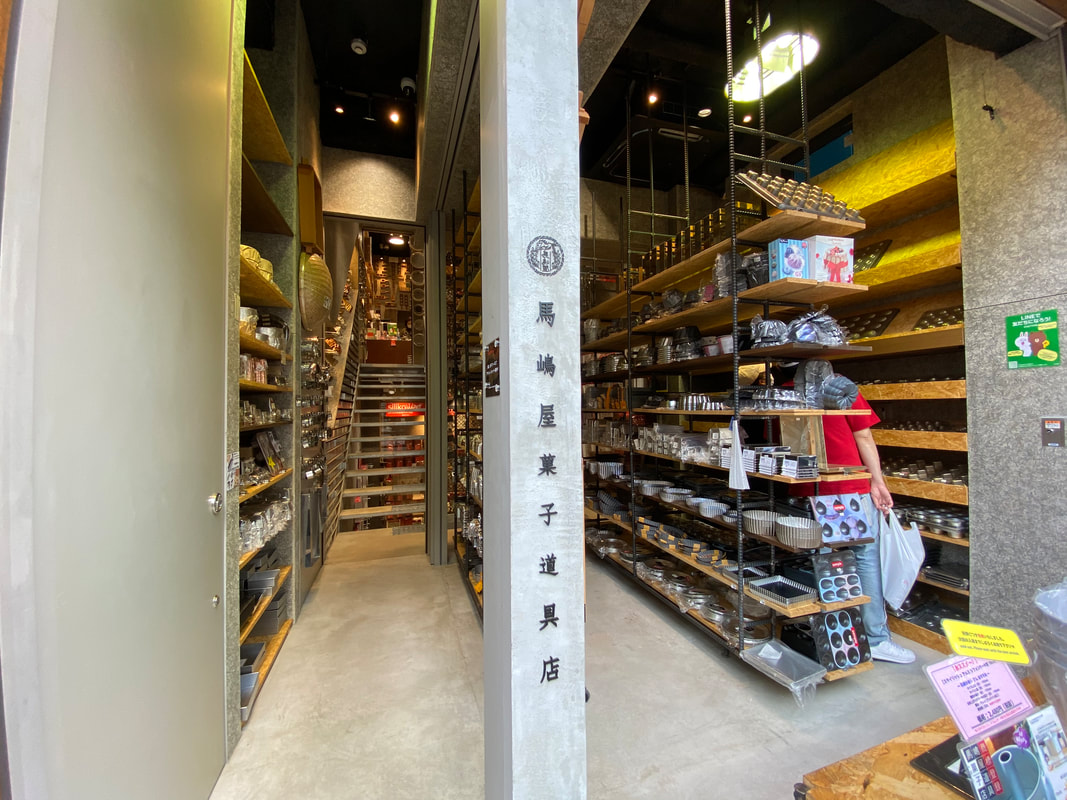
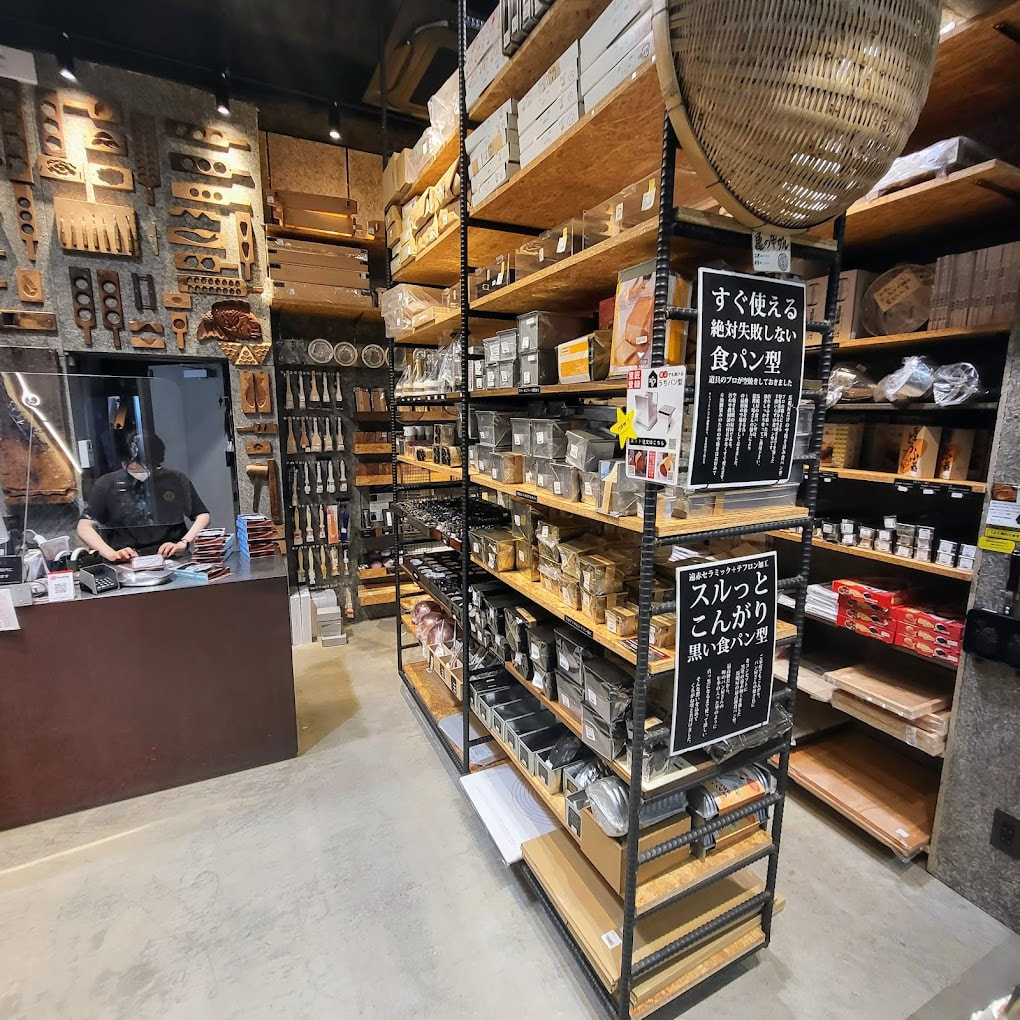
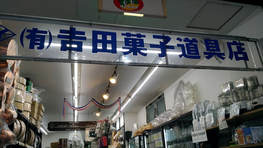
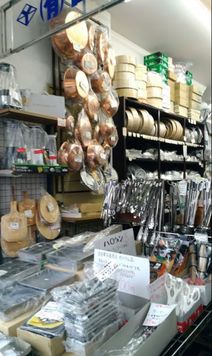
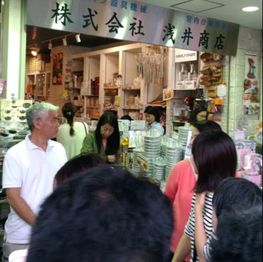
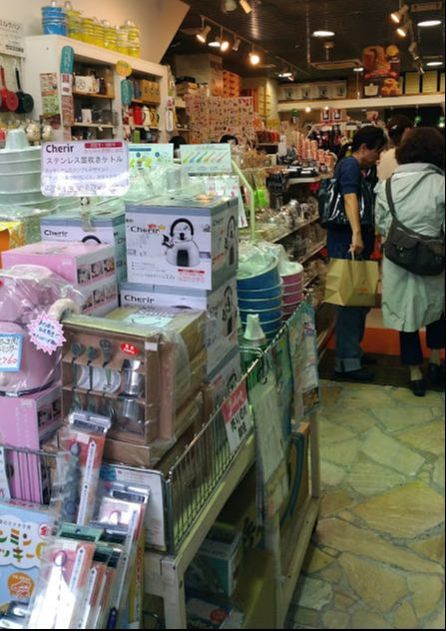

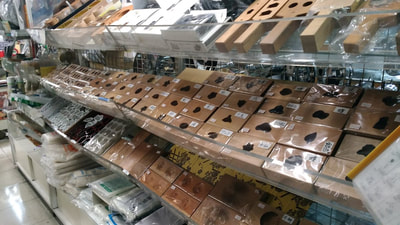
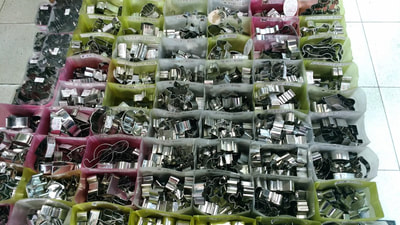
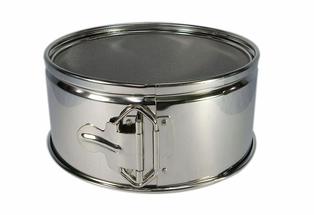
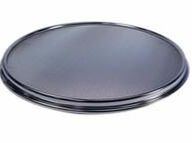
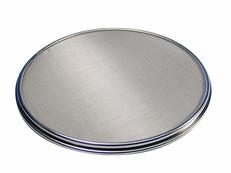
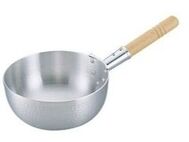
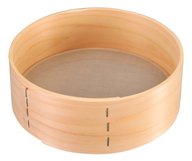

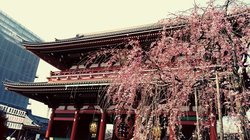
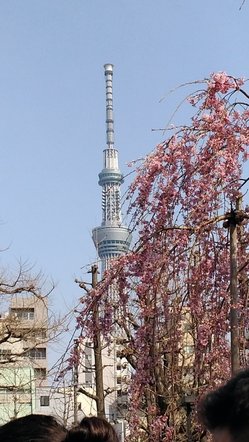

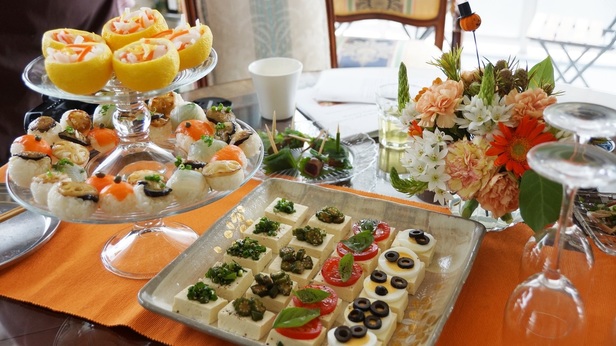
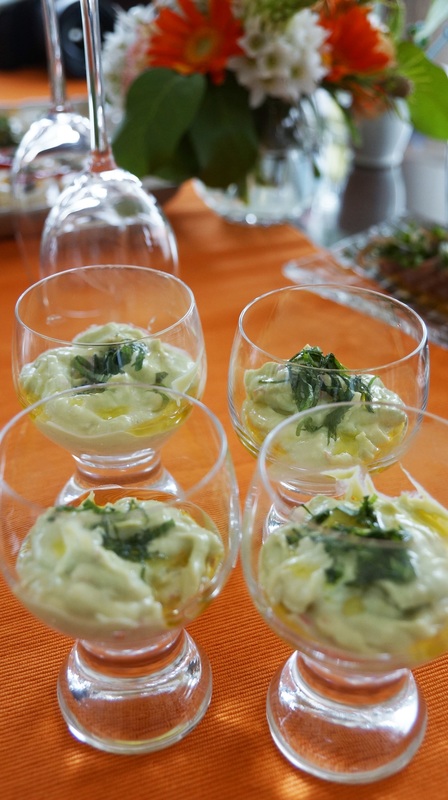
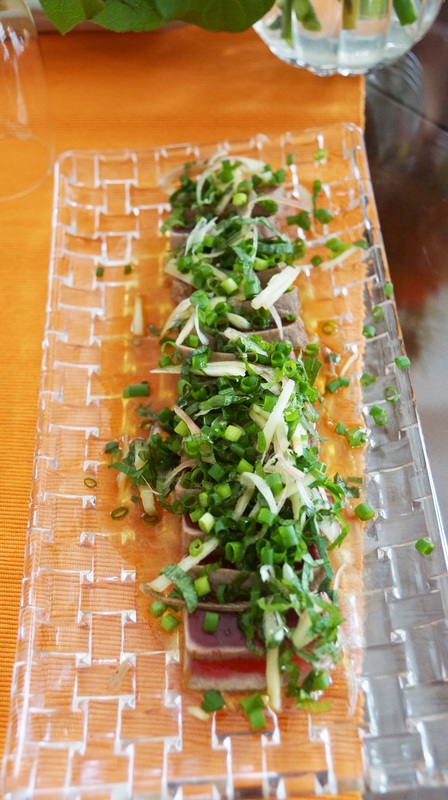
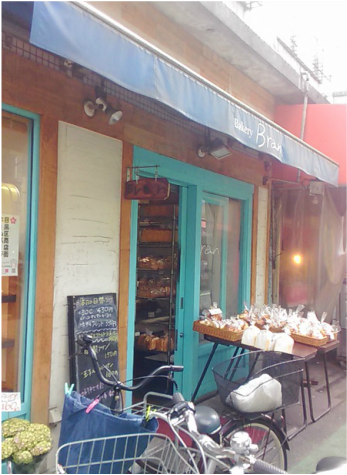
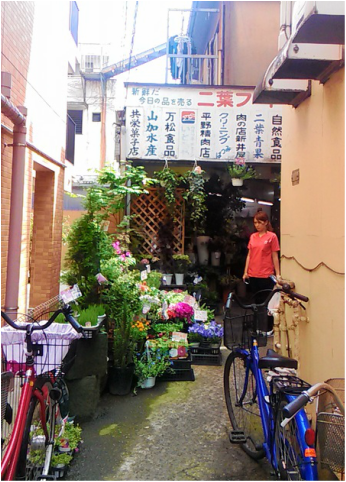
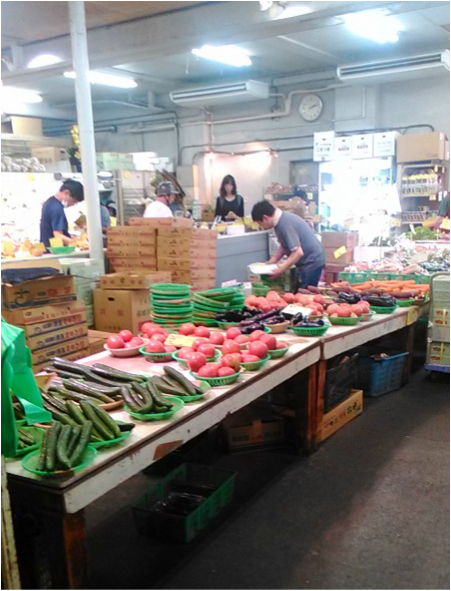
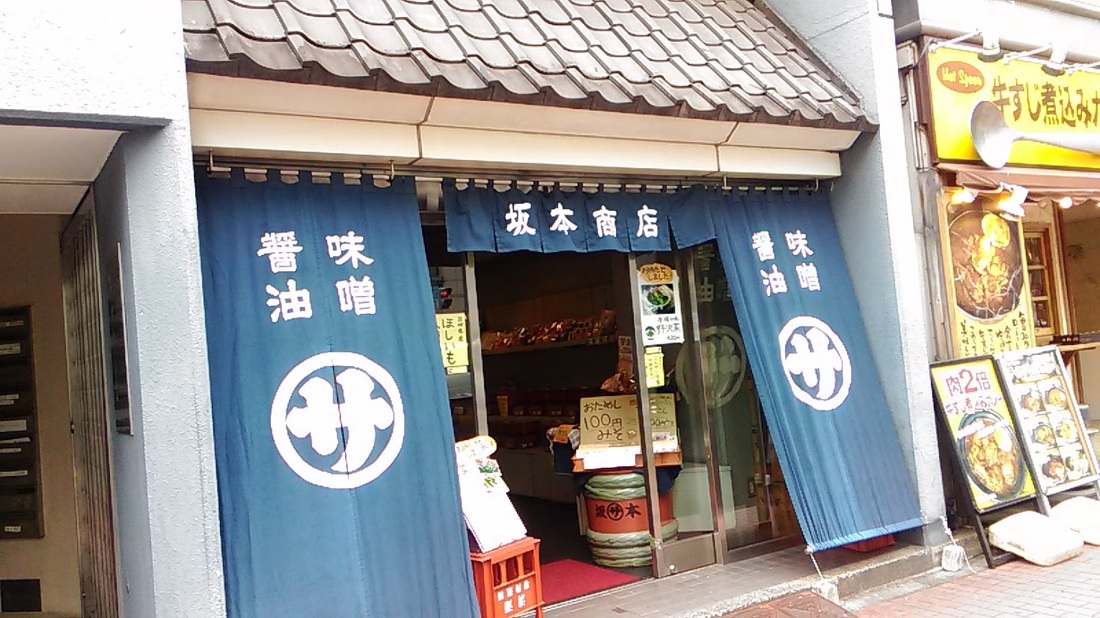

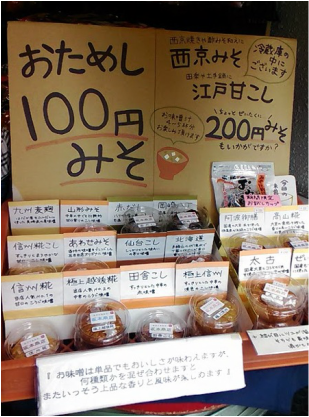
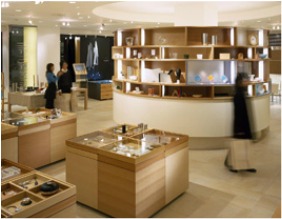
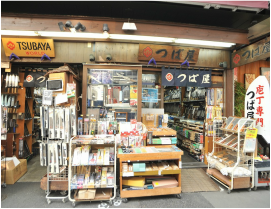
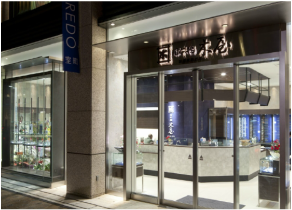
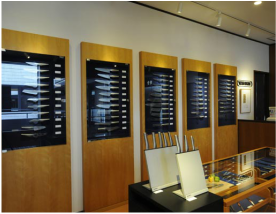
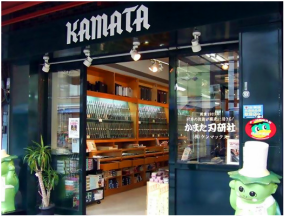


 RSS Feed
RSS Feed
